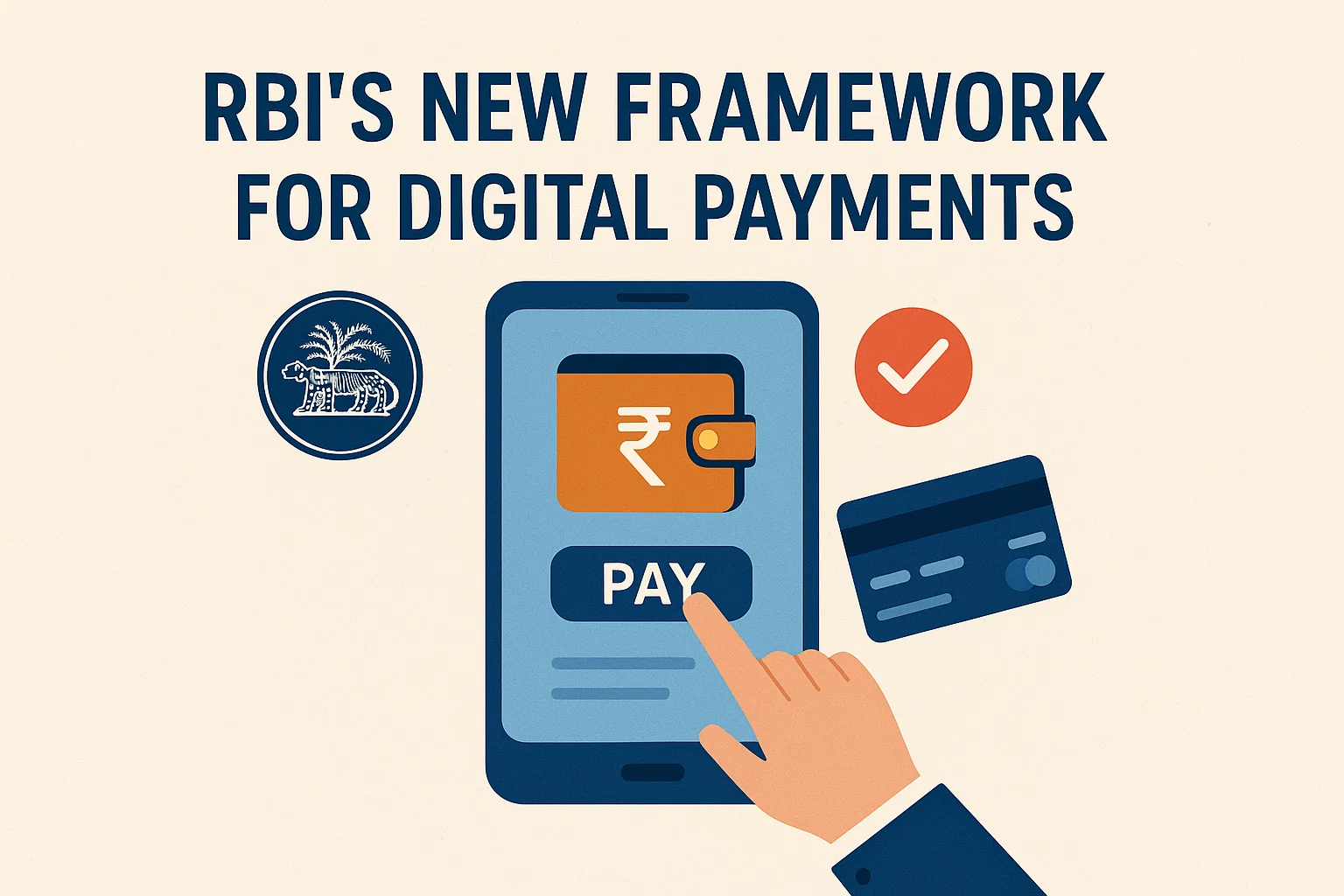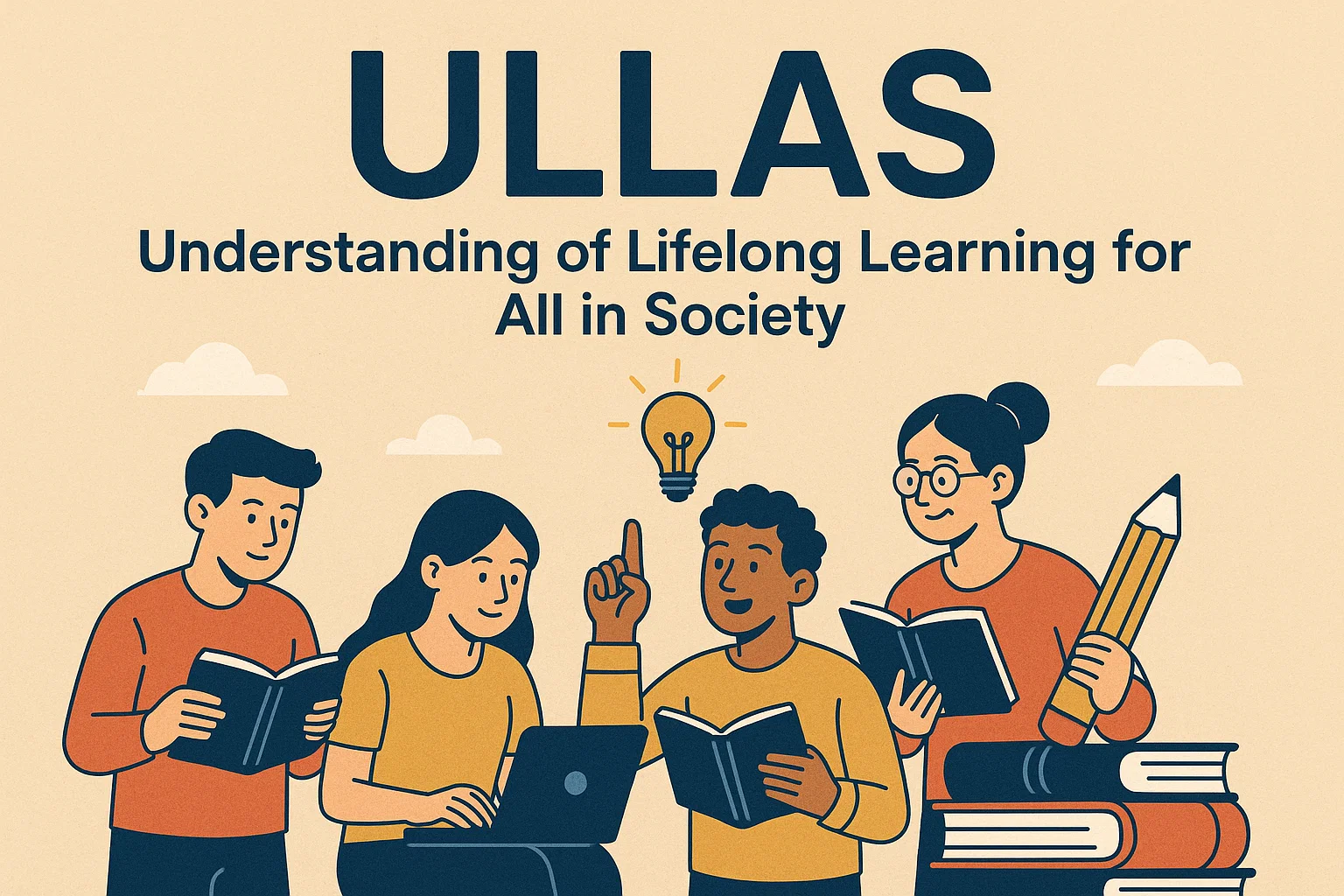Font size:
Print
Generative AI and Copyright Law
Copyright’s tryst with generative AI
Context: In the past, copyright law focused on copies of original works. Now, it must address the use of copyrighted material to train AI, even when no direct copies are reproduced.
Origins and Evolution of Copyright Law
- Origin of Copyright Law: Established in 1710, copyright law was a response to the invention of the printing press.
- Primary Purpose: To prevent unauthorised reproduction while promoting learning and economic interest.
- Technological Adaptation: Copyright law has evolved alongside major innovations — from printing press, photocopiers, and recording devices, to the Internet.
- New Challenge: Generative AI presents a novel problem by using copyrighted content in training datasets, not by reproducing it directly.
The New Disruption: Generative AI
- Generative AI introduces a fundamental shift — from copying works to training on copyrighted material.
- Copyright law now faces the challenge of regulating training data, rather than the reproduction of content itself.
- This shift is not entirely new: similar debates arise every 20 years with new technologies.
- Historically, the law has succeeded in banning commercial reproduction; now, it must adapt to AI training methods.
Current Scenario: AI and Legal Challenges
- Nature of AI Training: Platforms like OpenAI use internet scraping to train Large Language Models (LLMs) on both copyrighted and non-copyrighted materials.
- Key Legal Battlefields: Literature, music, and photographs are often involved in current copyright infringement disputes.
Global and Indian Legal Disputes
- India:
- Cases Filed: Federation of Indian Publishers and Asian News International filed cases against OpenAI at the Delhi High Court.
- Key Allegation: Unauthorised training of AI models using their copyrighted works.
- Amicus Curiae View (Prof. Dr. Arul George Scaria): Courts should explore if “unlearning” AI-trained data is technically and practically feasible. Emphasised the importance of access to legitimate data, AI development in India, and accurate source attribution.
- United States: Ongoing cases where fair use and fair learning in education are being used as defenses under U.S. Copyright Act.
- OpenAI Response: Introduced an opt-out mechanism for future training data — not retroactive.
Legal Complexities in India
- Different Legal Framework: India follows an enumerated exception test, unlike the broader fair use doctrine of the U.S. Indian exceptions are strictly limited and mostly confined to classroom education.
- Advantage for Right-Holders: Limited exceptions can strengthen the case for publishers.
- Paradox: Risk of restricting access to knowledge, which contradicts the foundational purpose of copyright law.
Implications of the Opt-Out Mechanism
- OpenAI’s Opt-Out Feature: Allows content creators to prevent their works from being used in future AI training. Does not address the issue of data already used in past training.
- Potential Issues: This could reduce access to high-quality content for newer AI startups. Might lead to a monopoly in AI development, disadvantaging smaller players.
- Court’s Role: Ensure a level playing field to foster innovation among AI platforms with varying resources.
Balancing Creation and Law
- All creativity — human or machine — builds on pre-existing work.
- Copyright law must: Protect creators’ rights. Not stifle future creativity.
- The case raises a critical concern:
- Should machine learning be treated differently from human learning?
- Current copyright law does not differentiate between the two.
Foundational Copyright Principles
- Ideas vs. Expression: Copyright protects the expression, not the idea or information. Using information for training (without reproducing the expression) should not amount to infringement.
- Infringement Boundary: If AI replicates protected expressions, it falls within the infringement net.
- Need for Balance: The law must preserve creativity and not stifle access to knowledge. Foundational doctrines of copyright law offer sufficient tools to manage modern technological challenges.


